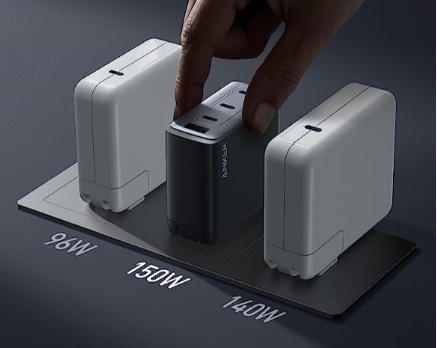Creating a vibrant community around a brand, service, or shared interest has never been more crucial. Effective channel creation plays a pivotal role in establishing engaging spaces that foster interaction, connection, and collaboration among members. Here, we will explore key strategies that can enhance community engagement through well-structured channels.
Identify Your Target Audience
Understanding who your community is and what they value is the first step in creating an engaging channel. Start by conducting thorough market research to identify demographic details, interests, and pain points of your audience. Use surveys, social media analytics, and focus groups to gather insights. The more you know about your audience, the better you can tailor your content and interactions to meet their specific needs.
Once you have a clear understanding of your target audience, create user personas that encapsulate their characteristics. This will not only guide your channel’s tone and content but also help in deciding which platforms to utilize for maximum engagement.
Choose the Right Platform
The platform you choose for your community channel can significantly impact engagement levels. Different platforms cater to different types of interactions. For instance, if your community thrives on visual content, platforms like Instagram or Pinterest might be more suitable. On the other hand, if your audience prefers in-depth discussions, forums or platforms like Reddit might be more effective.
Consider where your audience already spends time and select a platform that aligns with their preferences. It’s important to also evaluate the features each platform offers, such as live streaming, direct messaging, or group chats, which can enhance interaction and engagement.
Create Compelling Content
Content is the backbone of any successful channel. To keep your community engaged, create content that resonates with their interests and encourages participation. Use a mix of content types, including articles, videos, podcasts, polls, and infographics to cater to various preferences.
Quality is paramount. Ensure that your content is not only informative but also entertaining and visually appealing. Encourage community members to contribute by allowing user-generated content, such as guest posts or multimedia submissions. This not only diversifies the content but also fosters a sense of ownership among participants.
Foster Open Communication
Open communication is essential for building trust within your community. Encourage members to share their thoughts, opinions, and concerns freely. Establish clear guidelines for interactions to ensure that discussions remain respectful and constructive.
Consider hosting regular Q&A sessions or AMAs (Ask Me Anything) to give members direct access to experts or community leaders. This not only reinforces transparency but also allows community members to feel valued and heard.
Encourage Collaboration and Co-Creation
Engagement increases when members feel they have a stake in the channel’s success. Encourage collaboration by creating opportunities for members to work together on projects or initiatives. This can take the form of brainstorming sessions, challenges, contests, or collective problem-solving activities.
Co-creation is another powerful strategy. When members actively contribute to the content or direction of the community, they are more likely to feel invested. For instance, you could ask for input on upcoming topics, allow members to vote on future content, or involve them in decision-making processes.
Use Gamification to Boost Engagement
Gamification is a proven technique for increasing user engagement. Implement elements such as points, badges, leaderboards, or challenges to motivate community members to participate actively. This not only makes interactions more enjoyable but also encourages friendly competition.
For example, consider creating a monthly challenge where members can earn points for contributions, sharing content, or participating in discussions. The members with the highest points could receive rewards or recognition, further incentivizing participation and engagement.
Monitor and Analyze Engagement
To ensure your channel remains engaging, it’s essential to monitor and analyze member interactions regularly. Utilize analytics tools to track engagement metrics such as likes, comments, shares, and participation rates. Pay attention to what types of content prompt the most interaction and which areas may need improvement.
This data-driven approach enables you to adapt your strategies in real time. For instance, if a particular topic garners significant interest, you may want to create more content around that subject or encourage discussions related to it.
Create a Sense of Community
Building a strong sense of community is critical for long-term engagement. Encourage members to introduce themselves and share their stories. Creating a welcome thread or dedicated space for introductions can help break the ice and foster connections among members.
Highlight member achievements and contributions to celebrate their involvement. Regularly acknowledge and appreciate active participants, which can motivate others to engage more deeply. Consider establishing a mentorship program within your community to further strengthen bonds and provide additional value.
Adapt and Evolve
As your community grows, so too will its needs and preferences. Be prepared to adapt and evolve your channel to accommodate these changes. Seek feedback regularly through surveys or direct conversations, and be open to making adjustments based on member input.
Staying flexible and responsive to the needs of your community is crucial in maintaining engagement over time. Periodically reassess your goals and strategies to ensure they align with the evolving landscape of your audience and industry.
In summary, effective channel creation is about more than just establishing a space for interaction; it’s about cultivating a vibrant community where members feel valued, engaged, and connected. By understanding your audience, choosing the right platform, fostering open communication, encouraging collaboration, and continuously adapting to feedback, you can create an engaging environment that encourages meaningful interactions and lasting relationships.
Strategies for Effective Streaming Channel Creation



